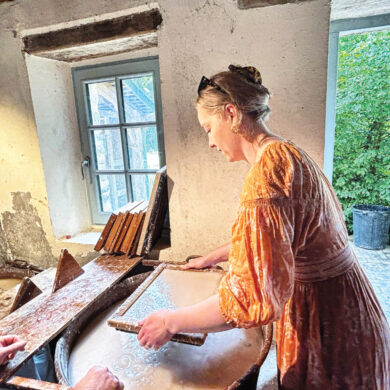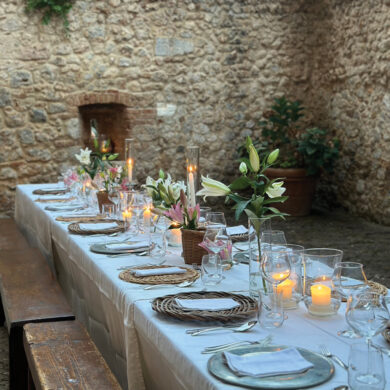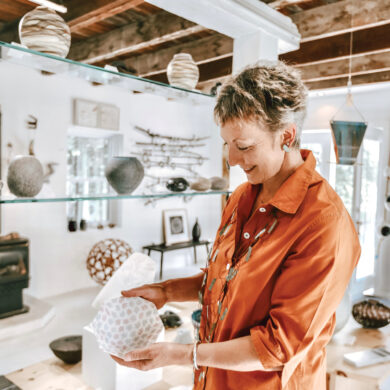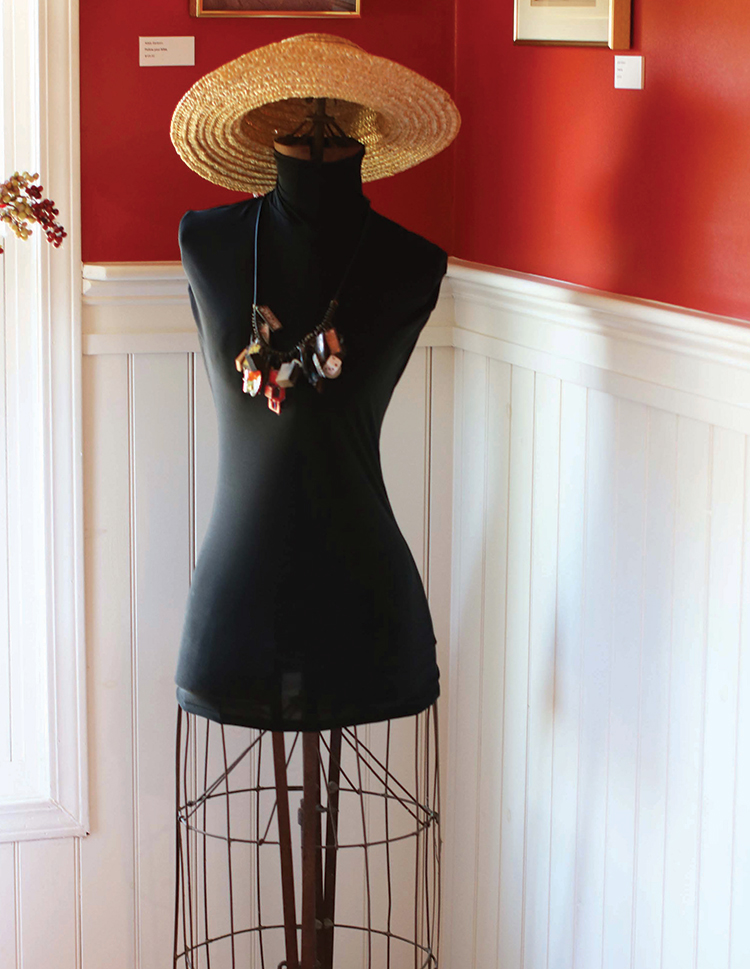
I was born and raised in Long Island, New York. At that time, my house was in a rural area with lots of trees, grass, and a 70-acre truck farm right across the street. The youngest of four, I enjoyed the freedoms afforded by all that open space: tree forts, camping, skating on the pond and chasing fireflies. Summers were spent in New Hampshire, where nature became my best friend and where I met my husband, Roger. We have made New Hampshire our home for the last 45 years.
My father was an incredibly creative man. He dabbled in a variety of hobbies and crafts. He was an accomplished pianist, and our Sundays were filled with his musical experiments and playing. He had a fabulous collection of vintage cameras, which he would carefully pull out and show me how to load the film, focus and arrange still lifes. When I was 8, he gave me my first camera, a Kodak Instamatic. I was thrilled, and I spent hours outside photographing flowers, bugs and leaves—anything I could reach or touch. When he saw I was so interested, he introduced me to his darkroom. Wow! A whole new world. My mother was thrilled because the film could now be developed by me instead of the local drug store, which cost a fair amount of money!
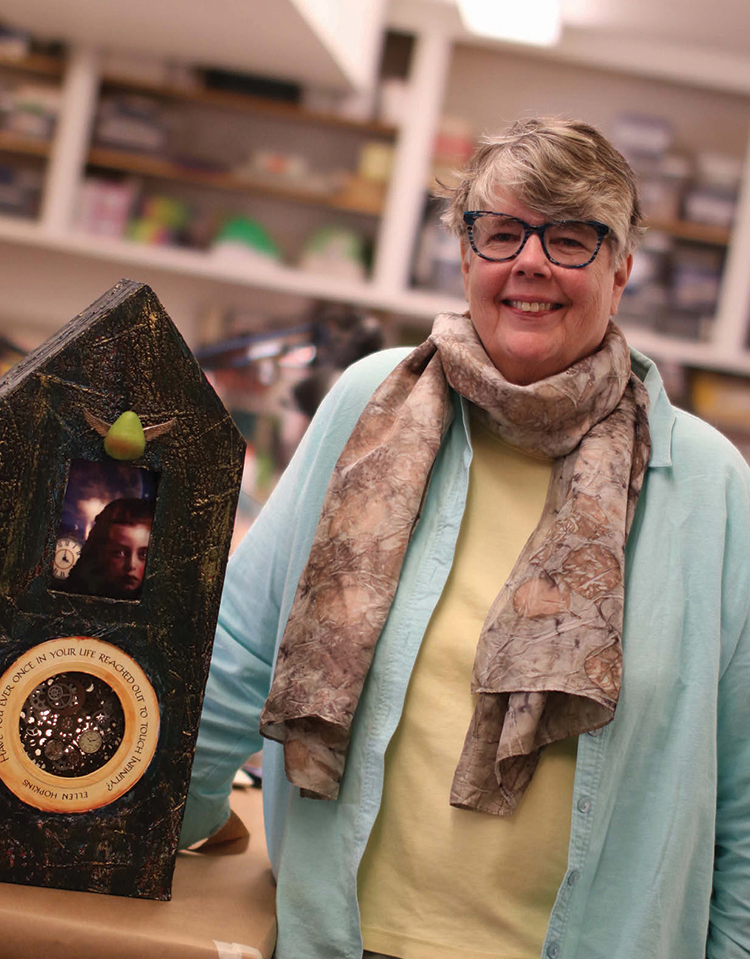
Behind the light-proof door of the darkroom, I discovered all the possibilities that photography offered. Halfway through high school, I knew I wanted to go to college for photography. And what better place at that time than the photography capital of the world: Rochester, New York. I spent four fabulous years at Rochester Institute of Technology and graduated in 1973. It would be many years before the computer began to impact the art of photography.
Today I work as a full-time artist in my studio up the street. I work with paper, calligraphy, photography and graphic design, and I show fellow artists’ work in my upstairs gallery. But the leap from photography graduate to artist wasn’t a direct one.
First Life
My husband and I worked together many years as dairy farmers. The hours were long: 3:30 a.m. to 8 p.m., seven days a week, no vacations. As they grew into young adults, our boys saw how hard it was and decided they did not intend to take over the reins of the business in the years to come. Hard as it was for us to accept, we understood. Farm life was all-consuming, entailing a lot of work for little wages. Once I accepted the boys’ decision, I realized it was time for me to make a career change as well. I was ready to return to the creative path that began in my childhood.
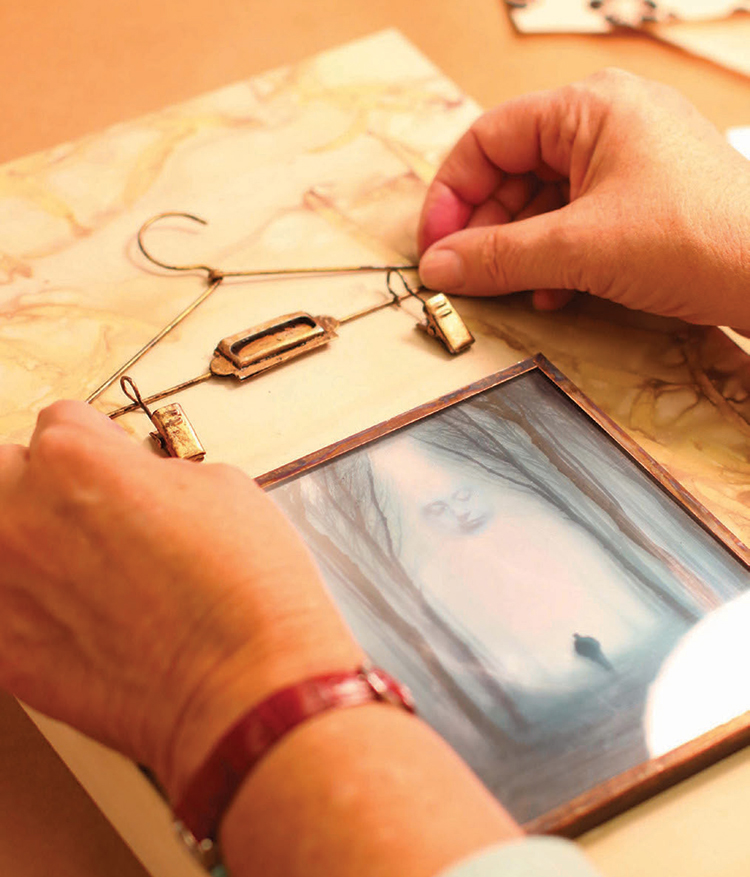
With lots of support, I opened a calligraphy and graphic design firm, Cornerstone Design, in the fall of 1988. Its offices were located in downtown Concord, and it quickly became quite successful. I hired three people to help with the workload. As modern technology started to evolve and affect the graphic design industry, I decided I was not ready to give up my hands-on creativity to spend all day on a computer. So I moved Cornerstone Design into a retail area down the street and expanded my calligraphy business into a stationery and gift store called CAARDVARK. What fun that was! I was able to do all my hand-lettering and introduce my calligraphy to the wedding-stationery business. CAARDVARK kept me busy for nearly 20 years. Around the same time, our boys were completing college and starting their own journeys—a signal to me that it was time to explore yet another creative twist.
A Space of My Own
I closed CAARDVARK in the fall of 2008 and moved all my design work to a sweet little studio, the Paint Box, that I created inside a converted sheep barn. It had a great deal of charm, but it also had crooked walls and floors, limited space and no running water. I worked there until 2014, when I put everything into storage and broke ground on a new studio, just up the sidewalk from our house. That was the beginning of TWIGGS Gallery, a unique venture featuring gallery space for local artists, as well as rotating shows six times a year. It’s a fun little retail space carrying all my calligraphy for sale, as well as Duffy’s Attic, an antiques shop named after my mother-in-law.
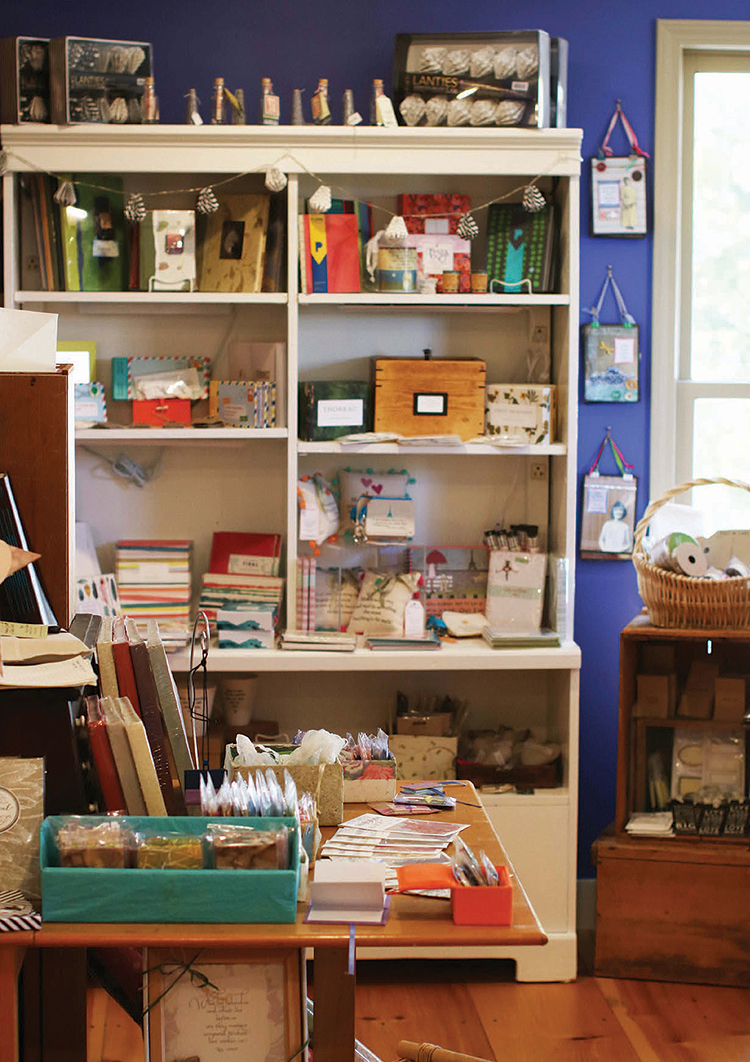
TWIGGS has three workshop rooms. We offer classes in a variety of media, including eco-dyeing, drawing,
beading, Yupo painting and flower arranging. One of my missions is to reignite the creative spirit in the community. So often each of us gets caught up in day-to-day living; we forget how much fun it is to learn a new craft or art form. I am hoping the adults that take our classes will be inspired and remember how important art and music is for our children. Perhaps that inspiration will lead them to vote for the preservation and expansion of art programs in our town and nation’s schools.
Beneath the second-floor TWIGGS Gallery is my new Cornerstone Design space, a square-walled, fully-plumbed, light-filled studio. It is a fabulous workspace designed with my crazy work habits in mind.
There is not a day that goes by that I am not at TWIGGS or in my studio creating. I am very disciplined, spending six to seven hours each day working on my art. My new studio offers an abundance of workspace, great lighting and tons of storage. I relish my hours of working without interruption, but I also enjoy the times I get to share my space for a class or workshop.
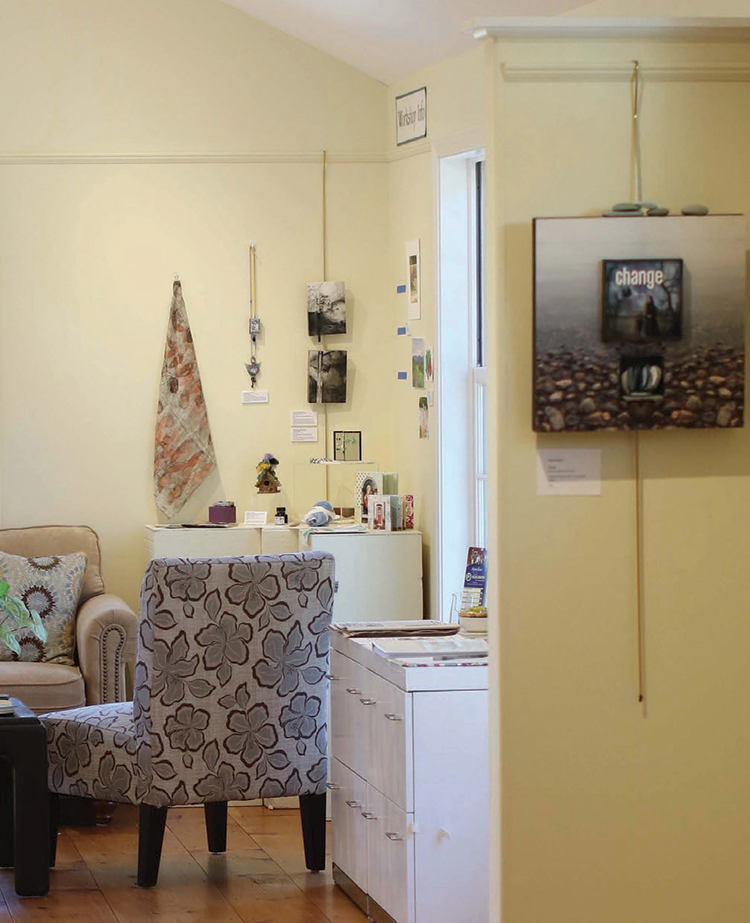
Throughout my career as an artist, I have worked in a variety of media. I make art to explore life, nature and the world, and I employ the materials that allow me to best accomplish that goal at each specific moment. New materials and new techniques excite me, and I love to combine them in my work. Paper and text have been part of my tool kit throughout my life. I love the possibilities they offer me and how they enable me to create. I have also moved away from a wet darkroom into computergenerated images that I can manipulate in software like Adobe Photoshop. Taking old work of mine and changing it into images I can use in my work is so easy now.
I was too young at 8 to realize that my photography passion was the door to my future creative drive. I do remember that I had friends that couldn’t understand why I would rather wander in the woods with my camera than play kickball! My family’s support gave me the freedom to believe in my creative drive and myself. I always thought myself lucky that I knew exactly what I wanted to do in college, and my hopes and aspirations when I graduated were always a clear focus for my future endeavors.
Tools of my Trade
Once the calligraphy bug bit me, I realized I could combine my lettering with my photographs. I still use this method in my work today.
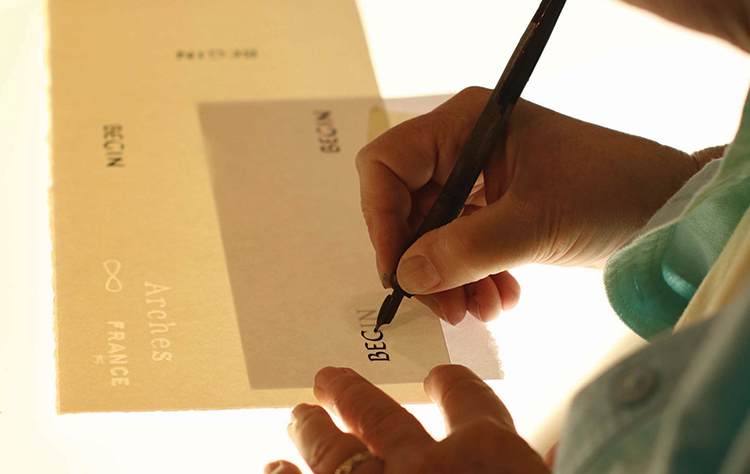
Working in the field of calligraphy is a rigorous, structured art form. When I first learn a new script or typestyle, I dissect the letters. I analyze the thicks of the letters and where the pen might turn to achieve a thinner stroke. It takes me a while to learn a new style, a lot of discipline and a lot of practice. Once I feel comfortable with the stroke, that’s when the fun happens. When you have a full grasp of the letters, that’s when you can start to manipulate the strokes, the placement, the shape of the letters, the words and then the lines. It is a process, but once mastered, it can lead you to creativity that goes beyond the lettering. What’s most exciting is going from a very tight learning process to a loose phase where I can let my creative juices flow and go wild.
When I work on a piece, I sometimes start with a pretty concrete idea of the final image that I am going to use. From this I can search for words, poems and literary passages that will speak to that image. Other times I fall in love with words I’ve found, and then I search for images. I find either way works well, so I am never locked into a particular approach.
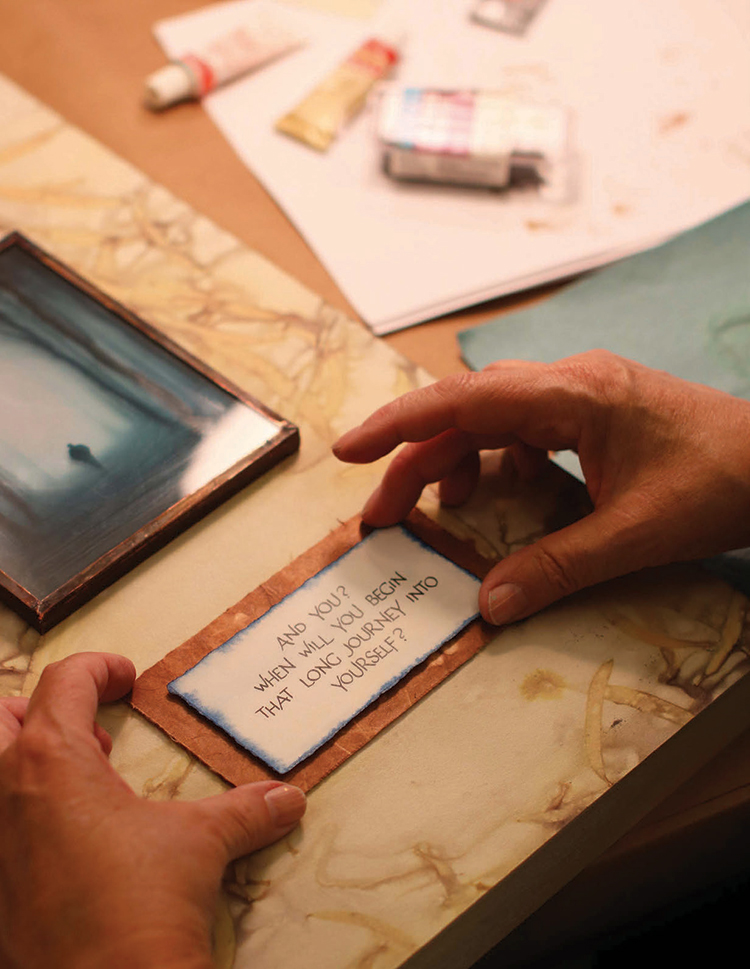
I have always allowed myself the freedom to explore different media, techniques and products. I just returned from an Encaustic retreat in Maine taught by a fabulous artist, Dietlind Vander Schaaf. I was fascinated by the way she layers images, colors and objects with wax and how translucent the wax can be. I experimented with photographs, words and oil bar, and now I am off on another exciting creative journey with wax. It’s been hard to break away!
When I work, I am apt to have two or three projects going at once. Through the years, I have found this process freeing. When I become stymied or frustrated on a piece, I will typically shift to another piece, often discovering a solution in the process. My husband blames it on my Attention Deficit Disorder; I just smile and say, “Whatever works!” That’s not to say that sometimes there is a piece that is just plain stubborn—that’s where my flat files come in handy. I stick the piece in a drawer, and months later I may pull it out again. “Hmm, this piece isn’t really so bad,” I’ll think to myself, and return my attention to it.
My Life Today
Currently I am working on a series of pieces that use photographic layers. I love the idea of being able to see through an image’s depth to its other layers. Some layers I flip; others I color-tint; still others I incorporate a figure or a face. I often will combine images with a book, door or some dimensional object that opens to reveal something inside—like a folded accordion book of poetry. Some of my favorite poems are from Wendell Berry and Emily Dickinson.
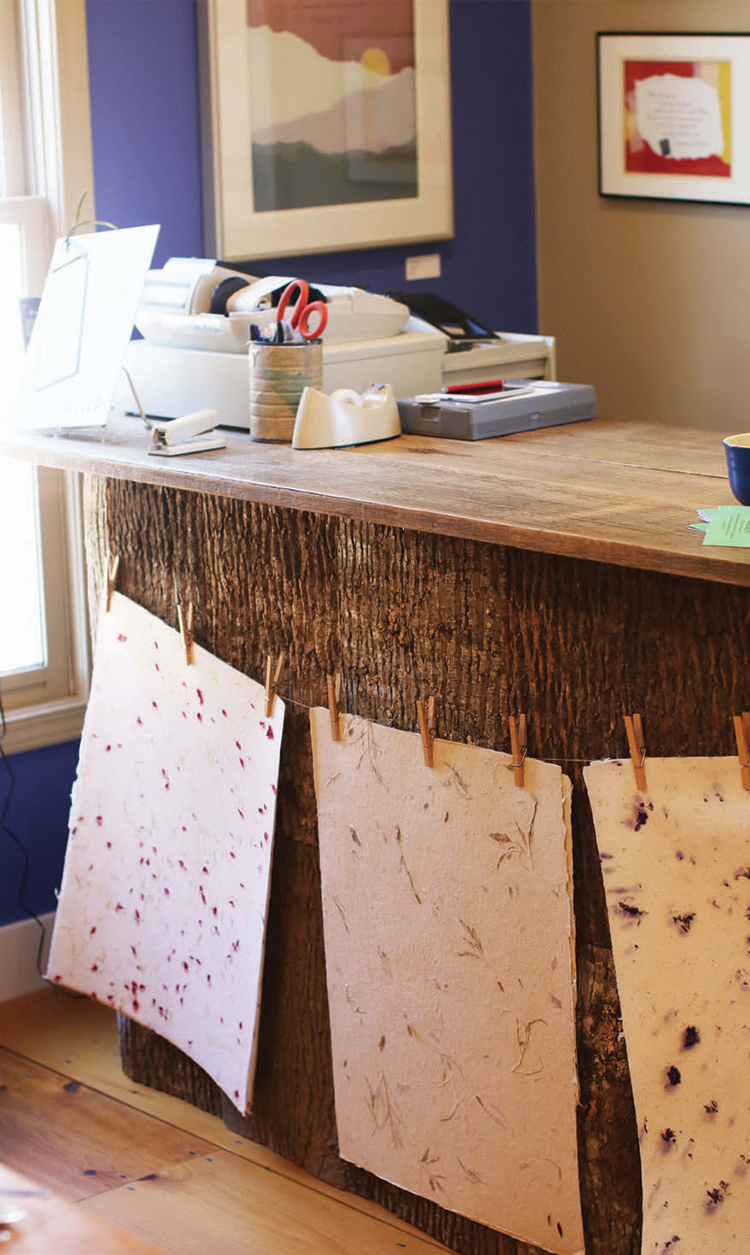
In this new world of computers and the internet, I am always spending time researching words, ideas and other artists’ work. Pinterest is one of my biggest time-sucks; I actually set a kitchen timer for 30 minutes to remind me to take a break. Magazines like this one are a wealth of ideas for new techniques and new products. I have a huge stash of binders, organized by medium, in which I store clippings and articles of ideas that I might want to refer to in the future. Flipping through them always sparks ideas.
Being an artist is an evolution of the soul. Now that I’m in my 60s, I can look back and realize how hard it was to be a full-time female artist in the 1980s and 90s. When I was younger, I spent a great deal of time trying to balance all the hats I thought I needed to wear. Wife, mother, working woman, business owner and artist were all part of this balancing act that “society” told me I had to keep in order. Sometimes the artist part of my life was not given precedence.
Today I realize all of this, and one of my missions for TWIGGS has been to show high-schoolers the possibility that they, too, can be working artists. It also is a great way for me to give back to the community. I invite one student a year to work with me, mentor with me, all in hopes that I can teach and guide them through some of the pitfalls a full time working artist can have. By working with me, these kids, (mostly young women), can see what it takes to make a living with your art. We attend craft shows; they learn how to sell art, and how to work with a gallery. I also encourage them to think outside the box, that being a teacher, an art therapist, or a nurse can all lead you to a creative life, and that there is no shame in “hat changing” as long as you remember the importance art is in your life.
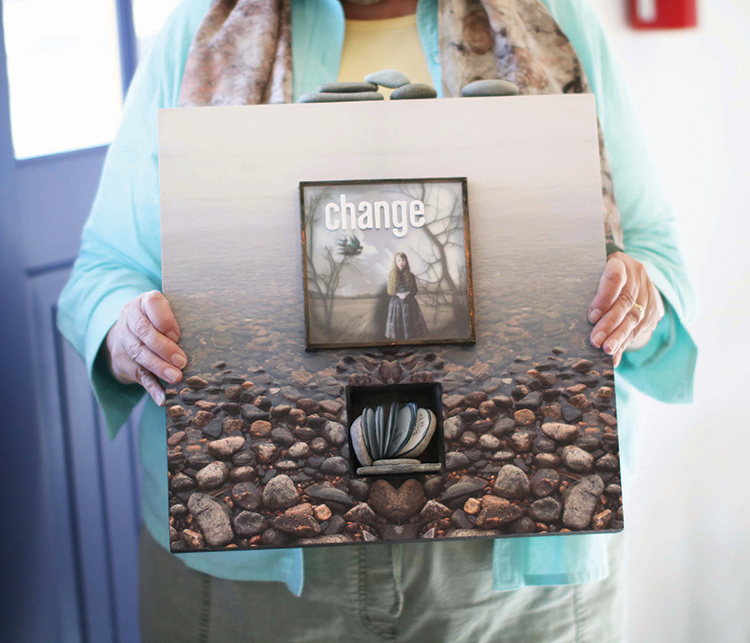
“There is freedom waiting for you, On the breezes of the sky, And you ask ‘What if I fall?’ Oh but my darling, What if you fly?”
― Erin Hanson
Since opening TWIGGS Gallery and settling into my new studio, I’ve come to realize how important creativity is in my life; how it has helped me make decisions and solve problems. That’s why I thought it important for TWIGGS to offer classes. Some in the art field like painting on Yupo paper, drawing from the right side of the brain and watercolor painting. Others like book-making, calligraphy, gelliplate printing or fiber arts. I have discovered the community wants this, and I continue to look into new and varying creative classes to offer. This spring we will offer classes in poetry, origami and paper quilling —all to challenge the community to come and try their hands at something fun and new.
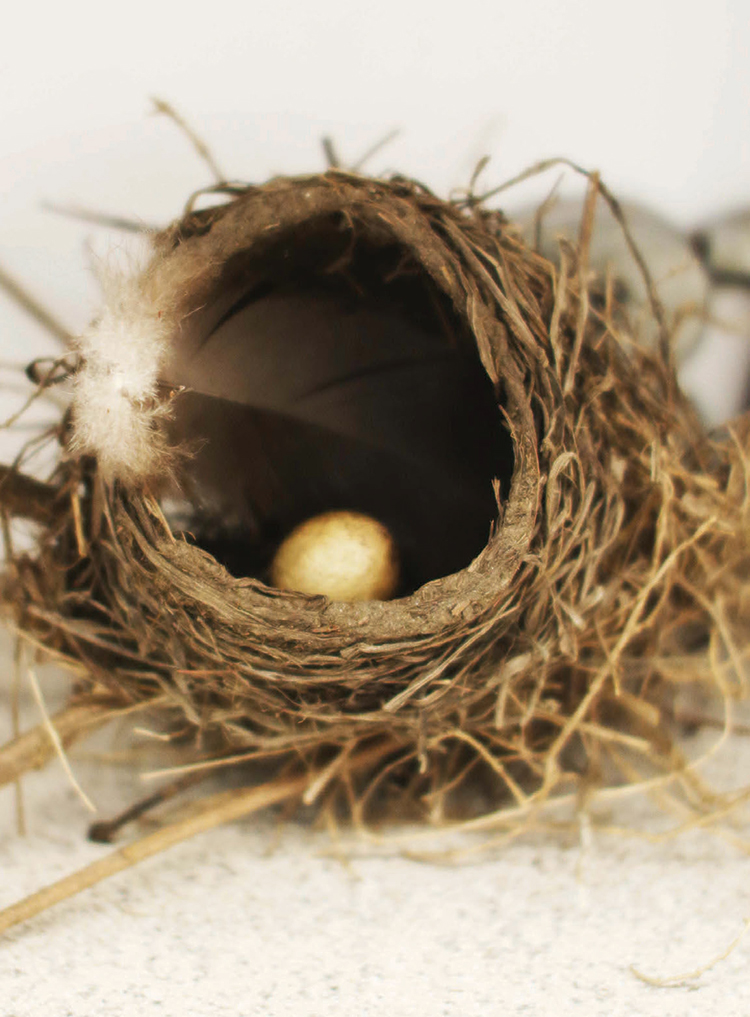
P.S. I Love This!
This is one of the robin’s nests that was built every spring right outside my old studio, The Paint Box. I loved that studio. I remodeled it from an old sheep barn. It was tucked away on a mile-long dirt road, overlooking a wonderful lake. Each year, when the robin returned, she worked diligently to build her nest. After her babies were born and flew away, she would move up two or three branches and start all over again. It was always a signal of rebirth to me, and I looked forward to seeing the robin, because it always heralded the arrival of spring.

